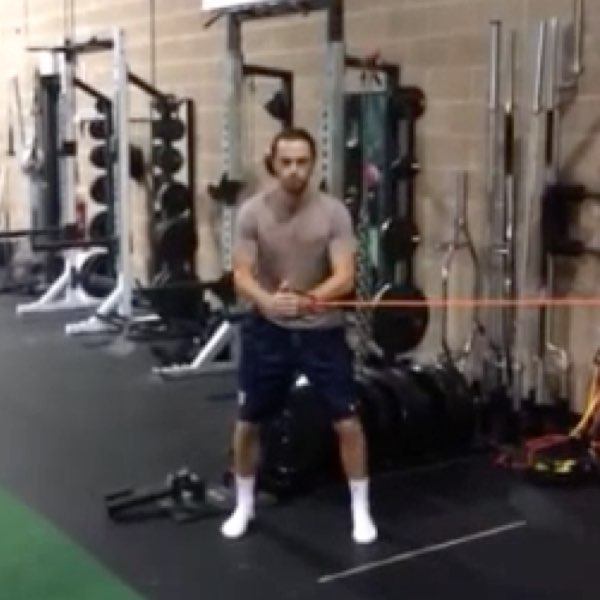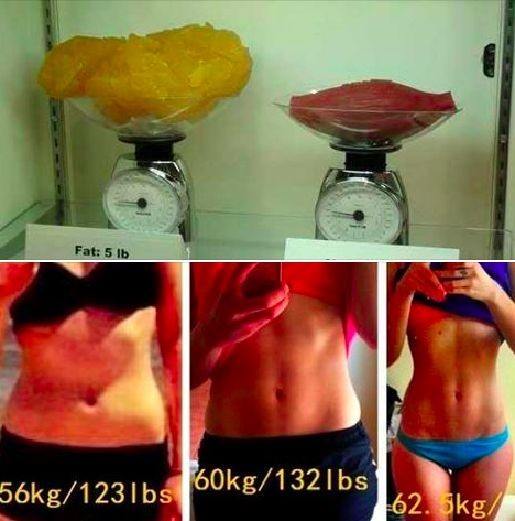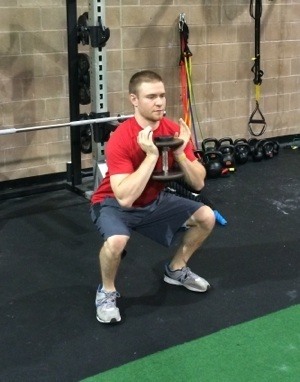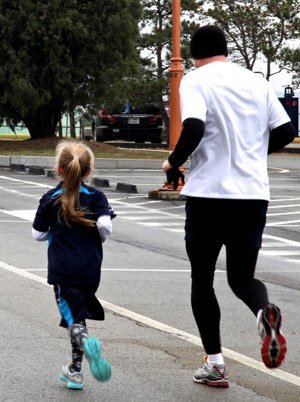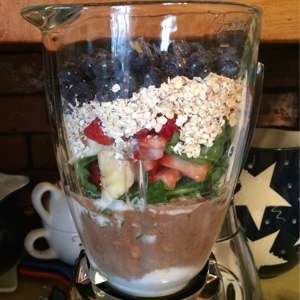The Truth Behind Building Six-Pack Abs
Hours of crunches and sit-ups may have you feeling like you’re crushing your abs, but it’s definitely not the best way to build a six-pack. Building functional strength and developing a better body composition is the key to success.
To really get your abs right, you must understand the difference between two things:
- Core function and strength versus core endurance
- Muscle versus fat
Function and Strength
Every muscle in your body is made to function a certain way. Your core is a series of muscles used to stabilize your trunk, lower body, and upper body. These muscles work together to help you function through your day-to-day routine.
Without a strong core your spine makes up for any instability in your lumbar spine and pelvis. This can lead to lower back pain and injuries. Over-time a weak core can lead to postural problems and develop many more health risks.
Therefore, doing crunches all day with a weak core will put more stress on other areas of your body. Build strength first, then you can add more bodybuilding techniques to focus on core development.
To train our core for strength we train it to brace or hold against movements, such as rotation. The fitness world is starting to focus more on “anti-” core exercises opposed to traditional crunches and sit-ups. These exercises help to teach your core how to stabilize your trunk. There are three types of “anti-“ core exercises that we focus on to work in all different planes of movement.
Anti-Extension Core Exercises
Common exercises like planks and rollouts teach your core to hold against linear extension of your lower back. These exercises are an integral part of core training.
A physioball rollout is a great exercise starter point for any type of rollout. A regression of an anti-extension exercise would be a plank. Perform 3 sets of 8 or plank for 60 seconds.
Anti-Side Bend Core Exercises
Another common exercise like the Side Plank holds your body from moving laterally. Unilateral (one-sided) carries like single arm farmer’s walks help the body account for uneven loading building oblique and abdominal strength.
Walk with one dumbbell by your side for about 40 yards. The goal is to the bring the weight away from your body and walk in a straight line. The weight will pull you in one direction. Brace your core to gain strength against this lateral force. Repeat for 3 sets.
Anti-Rotation Core Exercises
Anti-rotation exercises may be the most important and uncommon category of “anti-“ core exercises. These exercises create the highest abdominal musculature load of any of these other groups.
Most core muscles function cross-sectionally (diagonally) to brace the core against rotating. Exercises like a band anti-rotation press teach the core to brace against a rotational load.
Tie a band to a stable anchor or piece of equipment in the gym. Bring the band to your chest. Inhale through your nose and exhale hard through your mouth. This will brace your core tight. Press the band straight and hold for three seconds. Squeeze your belly as hard as you can to hold from the rotational force. Repeat for 8 times on each side.
Endurance and Hypertrophy
Bodybuilders understand that to build muscle, you must train to build strength AND size. Strength is generally performed by a few strong contractions of a muscle. Think of bench-pressing 225lbs 5 times. Size, also known as hypertrophy, is developed by the amount of time a muscle is under stress. Think about doing 100 continuous push-ups. The more time the muscle is under tension the more muscle growth.
Focus on these anti-rotational movements before you focus on core endurance. Your core must be able to function correctly first before adding long duration stress.
Think to get your core strong to stabilize your trunk from exercises like weighted planks or high resistance anti-rotation presses. Then add more advanced endurance based exercises like high rep sit-ups or long duration planks.
Examples of these endurance or hypertrophy (size based) exercises would be planks for time and sit-ups and crunches. Although sit-ups and crunches are not the most ideal abdominal exercises for your lower back, they can be great to build the size and endurance for your abs. Can you do 20 sit-ups then rest a minute and repeat for 5 rounds?
Tip: Once you have a strong core in all three of these planes of movement, split up core training days by focus of strength and endurance. On day 1 do 3 sets of 3 different “anti-“ core exercises. On day 2 do 3 sets of more core endurance based exercises.
Body Composition
So, why exactly is building muscle and strength in our core so important when it comes to looking good? Two words: body composition.
The worst thing a person can do when trying to build six pack abs is cut calories. Very few crash diets work. This is because when you cut calories you are depriving your muscle with the protein and nutrients it needs.
Have you ever heard the phrase “muscle weighs more than fat?” That is not completely true.
A pound of fat is the same weight as a pound of muscle. But, as you can see in the photo below, 5lbs of fat is a lot bigger than 5lbs of muscle.
When you restrict your body of calories, you are losing much more muscle than fat. This makes your abs much smaller and less visible regardless of the small amount of fat you have cut on the surface. Because of the size and weight of muscle compared to fat, many people that focus on proper nutrition and proper training actually gain weight. Take a look at the pictures below to see what I mean.
Therefore, if you want the most elite six-pack possible you should try to gain as much muscle as possible. This will involve a good balanced diet with a lot of protein. Your goal should be to eat like an elite athlete and body-builder.
Tip: Eat a lot of protein and vegetables. Most people don’t get the daily requirement of protein, vitamins, and nutrients if they are training. I would also recommend a daily multi-vitamin and whey protein shake everyday for everyone.
Remember, no amount of training can beat a bad diet.

